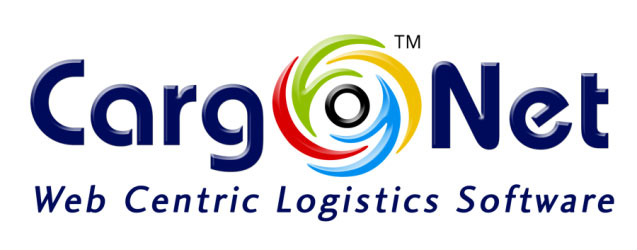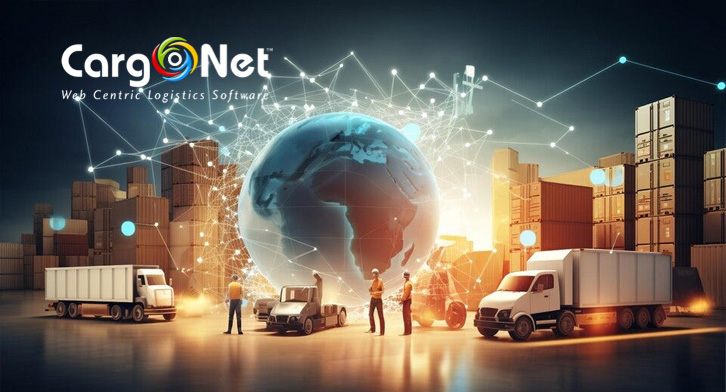Artificial Intelligence (AI) is transforming the freight forwarding industry, making operations faster, smarter, and more efficient. From automated quotations to predictive shipment tracking, AI offers massive potential. But with innovation comes a new set of challenges.
Modern freight forwarders must adapt to this AI-driven landscape while managing real-world complexities, system limitations, and evolving customer expectations.
In this blog, we’ll explore the top 10 challenges freight forwarders face in the AI era—along with practical solutions for each.
1. Data Integration and Quality Issues
The Challenge:
Freight forwarders often operate across multiple systems—booking, tracking, invoicing, customs clearance—making it difficult to unify and clean data for AI use.
The Solution:
- Implement centralized freight management platforms.
- Use APIs to connect legacy systems.
- Clean and standardize data through validation tools before feeding into AI systems.
2. Cybersecurity and Data Privacy Risks
The Challenge:
AI systems require access to sensitive business data. Without strong cybersecurity, this opens the door to potential breaches and regulatory non-compliance.
The Solution:
- Use AI platforms that follow strict data security standards (e.g., ISO 27001, GDPR).
- Deploy encryption, access control, and routine vulnerability assessments.
3. Lack of Skilled Workforce
The Challenge:
AI tools need trained professionals to implement, monitor, and optimize. Most logistics teams aren’t equipped with AI or data analytics skills.
The Solution:
- Offer internal training programs and certifications.
- Hire AI or data consultants.
- Adopt no-code/low-code AI solutions designed for operational users.
4. Overreliance on Algorithms
The Challenge:
While AI can automate decisions, it may fail during unexpected disruptions like strikes, weather delays, or geopolitical events.
The Solution:
- Combine AI with human oversight.
- Enable manual overrides in your AI system.
- Continuously update models with real-world learning data.
5. High Cost of AI Implementation
The Challenge:
Building and maintaining AI tools involves high setup and operational costs—often out of reach for smaller freight forwarders.
The Solution:
- Choose scalable SaaS-based freight platforms with built-in AI features.
- Start small with modular AI deployments (e.g., automate just quotations or invoicing first).
- Explore digital transformation grants or government subsidies.
6. Misaligned or Generic AI Solutions
The Challenge:
Many AI solutions are generic and don’t reflect the specific needs of freight forwarding—such as multi-leg routing, customs compliance, or agent communication.
The Solution:
- Use logistics-specific AI tools.
- Ensure customization through open architecture and APIs.
- Involve freight ops teams during the planning stage.
7. Managing Multi-Modal Logistics Complexity
The Challenge:
AI models struggle to handle the nuances of multi-modal logistics (ocean, air, rail, road), especially with delays or inconsistent data formats.
The Solution:
- Use AI platforms designed to support end-to-end multi-modal workflows.
- Integrate external data sources such as port APIs, airline schedules, and customs systems.
- Train models using multi-modal shipping datasets.
8. Balancing Transparency with Competitive Secrets
The Challenge:
Customers demand visibility into shipments, pricing, and performance—but full transparency can reveal sensitive strategies.
The Solution:
- Control access and visibility by user role.
- Share AI-powered customer insights (ETA, status) without exposing internal cost structures or vendor margins.
9. Compliance and Ethical AI Use
The Challenge:
As AI use increases, governments are introducing rules around transparency, fairness, and accountability in algorithm-driven decisions.
The Solution:
- Partner with AI vendors that offer explainable AI (XAI) and built-in compliance.
- Keep audit logs and ensure human validation in high-stakes decisions.
10. Internal Resistance to Change
The Challenge:
Teams used to manual workflows may resist automation or feel threatened by AI.
The Solution:
- Involve your team early in the AI adoption journey.
- Highlight quick wins—like faster quoting or fewer errors.
- Align adoption with KPIs and reward digital champions.
How CargoNet Helps Freight Forwarders Thrive in the AI Era
CargoNet is built for modern freight forwarders ready to embrace AI. It combines automation, predictive insights, and multi-modal tracking into a single platform. With CargoNet, you can:
- Automate lead-to-invoice workflows
- Optimize shipment planning and resource allocation
- Integrate customs, finance, and operations in one view
- Provide real-time shipment visibility to customers
- Reduce manual errors and accelerate business decisions
CargoNet also offers modular deployment and intuitive design, making it easy for teams to adopt without major disruption. Whether you’re a small forwarder or a global operator, CargoNet scales with your business.
✅ Ready to Embrace the Future of Freight Forwarding?
With the right AI tools and strategy, freight forwarders can reduce costs, improve accuracy, and delight customers—even in uncertain global markets.
- Involve your team early in the AI adoption journey.
- Highlight quick wins—like faster quoting or fewer errors.
- Align adoption with KPIs and reward digital champions.
Frequently Asked Questions
What are the biggest AI challenges in freight forwarding?
Top challenges include poor data integration, cybersecurity risks, limited AI skills, and high implementation costs.
How can small freight forwarders afford AI?
Platforms like CargoNet offer scalable, affordable SaaS models with pay-as-you-grow modules.
Is CargoNet secure and compliant?
Yes, CargoNet follows ISO 27001, GDPR, and offers robust data protection and user role-based access.










